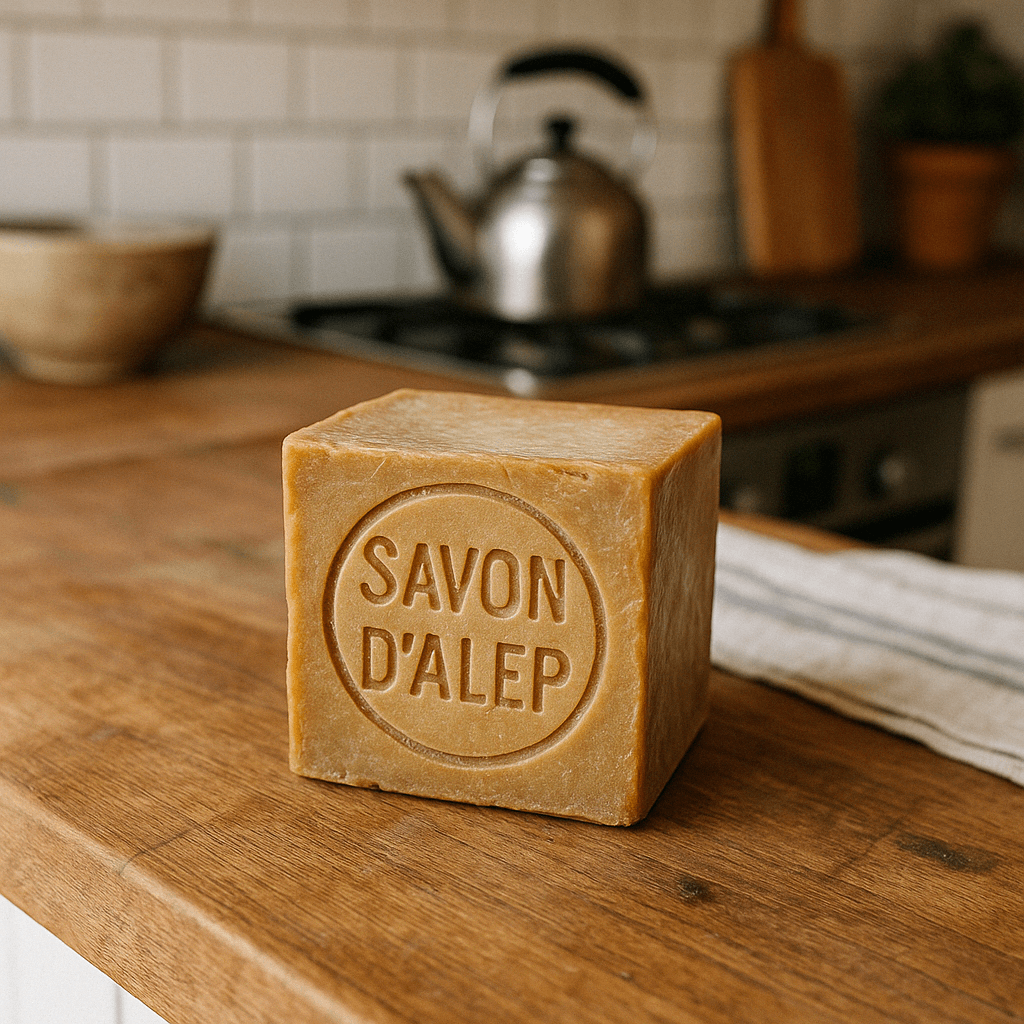



Reference images for generation

Prompt: "Generate a photorealistic image of a gift basket on a white background labeled 'Relax & Unwind' with a ribbon and handwriting-like font, containing all the items in the reference pictures."Source
The Next Generation of Image Synthesis
OpenAI has once again pushed the boundaries of artificial intelligence with the release of gpt-image-1, its most advanced image generation model. This natively multimodal language model accepts both text and image inputs to produce high-fidelity, contextually-aware image outputs. It represents a significant evolution from previous OpenAI image generation models, offering enhanced performance, a wider range of styles, and more precise control over the final image.
Key Features and Capabilities
gpt-image-1 introduces several groundbreaking features that set it apart from its predecessors and competitors:
- High-Fidelity and Diverse Styles: The model can produce incredibly detailed and accurate visuals, supporting a wide spectrum of aesthetics from photorealistic to abstract.
- Rich World Knowledge: It leverages a deep understanding of the world to interpret complex prompts with impressive contextual accuracy.
- Precise Image Editing: Developers can implement targeted modifications to generated images, enabling fine-grained control over the creative process.
- Reliable Text Rendering: One of the standout features is its ability to render text within images consistently and accurately, a common challenge for many text-to-image models.
Comparison with Standalone Solutions
While models like Midjourney and Stable Diffusion have strong communities and powerful toolsets, gpt-image-1, especially when integrated via API, offers unparalleled flexibility for businesses and developers. Companies like Canva and Invideo are already leveraging gpt-image-1 to enhance their platforms, enabling users to create everything from logos to video storyboards with greater ease and precision. The API-first approach allows for deep integration into existing workflows, a key advantage over closed, standalone platforms. Pricing is token-based, with a high-quality 1024x1024 image costing approximately $0.167, making it a cost-effective solution for high-volume generation.
Technical Deep Dive: How It Works
gpt-image-1 is a natively multimodal model, meaning it was designed from the ground up to understand and process both text and images simultaneously. This contrasts with older methods that might pipe a text model's output into a separate image model. By integrating these modalities, gpt-image-1 can grasp nuances and context with greater accuracy, leading to more coherent and relevant image outputs. The model is trained on a vast dataset of text-image pairs, allowing it to learn complex relationships between concepts, objects, and artistic styles.
API Integration and Use Cases
The release of the gpt-image-1 API empowers developers to programmatically generate and edit images, opening up a world of possibilities. Key API functionalities include:
- Image Generation: The core `client.images.generate` function takes a text prompt and returns a newly created image.
- Image Editing: Using a mask, developers can specify areas of an image to be edited via the `client.images.edit` function, allowing for inpainting and outpainting.
- Image Variations: The `client.images.create_variation` function can generate different versions of an input image, facilitating creative exploration.
This API is already being adopted across various industries. E-commerce platforms can use it to create dynamic product mockups, marketing agencies can generate ad creatives on the fly, and design tools like Canva and Figma are integrating it to enhance their creative suites.
Limitations and Future Outlook
Despite its power, gpt-image-1 has limitations. Generated images are subject to OpenAI's content moderation policies to prevent misuse. Additionally, like all current generative models, it can sometimes struggle with complex compositions or highly specific, nuanced details. Looking ahead, we can expect OpenAI to continue improving the model's accuracy, speed, and capabilities, potentially introducing features like video generation and even more granular editing controls.
Conclusion
gpt-image-1 represents a major milestone in AI-driven creativity. Its combination of high-fidelity output, multimodal understanding, and developer-friendly API makes it a transformative tool for a wide range of applications. While standalone solutions will continue to have their place, the deep integration possibilities offered by gpt-image-1 position it as a foundational technology for the next wave of creative software and services.
